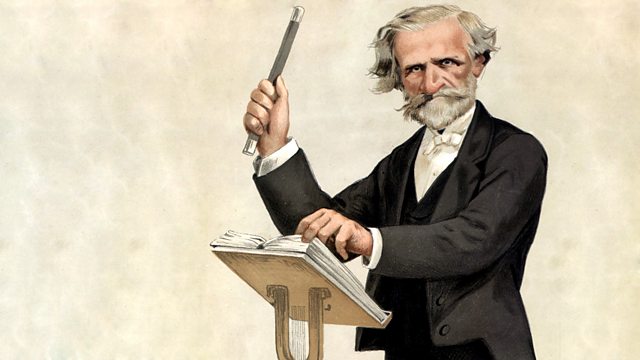Giuseppe Verdi was one of the most influential composers of the 19th century, whose operas are still widely performed and admired today. He was born in 1813 in a small village near Parma, Italy, and showed an early talent for music. He studied with local teachers and later moved to Milan, where he unsuccessfully applied to the conservatory. He then became a pupil of Vincenzo Lavigna, a former conductor at La Scala opera house.
Verdi - Short Biography
Giuseppe Fortunino Francesco Verdi (10 October 1813 – 27 January 1901) was an Italian composer best known for his operas. He was born near Busseto to a provincial family of moderate means, receiving a musical education with the help of a local patron. Verdi came to dominate the Italian opera scene after the era of Gioachino Rossini, Gaetano Donizetti, and Vincenzo Bellini, whose works significantly influenced him.
#verdi
#classicalmusic
#orchestra
Giuseppe Verdi - The Force of Destiny (Overture)
La forza del destino (Italian pronunciation: [la ˈfɔrtsa del deˈstiːno]; The Power of Fate, often translated The Force of Destiny) is an Italian opera by Giuseppe Verdi. The libretto was written by Francesco Maria Piave based on a Spanish drama, Don Álvaro o la fuerza del sino (1835), by Ángel de Saavedra, 3rd Duke of Rivas, with a scene adapted from Friedrich Schiller's Wallensteins Lager. It was first performed in the Bolshoi Kamenny Theatre of Saint Petersburg, Russia, on 10 November 1862 O.S. (N.S. 22 November).
La forza del destino is frequently performed, and there have been a number of complete recordings. In addition, the overture (to the revised version of the opera) is part of the standard repertoire for orchestras, often played as the opening piece at concerts.
For more:
http://www.melhoresmusicasclassicas.blogspot.com
Giuseppe Verdi
The Quattro pezzi sacri (Italian pronunciation: [ˈkwattro ˈpɛttsi ˈsaːkri], Four Sacred Pieces) are choral works by Giuseppe Verdi. Written separately during the last decades of the composer's life and with different origins and purposes, they were nevertheless published together in 1898 by Casa Ricordi. They are often performed as a cycle, not in chronological sequence of their composition, but in the sequence used in the Ricordi publication:
Ave Maria, a setting of the Latin Ave Maria for four solo voices a cappella composed in 1889
Stabat Mater, a setting of the Latin Stabat Mater for chorus and orchestra composed in 1896 and 1897
Laudi alla Vergine Maria, a setting of a prayer in Canto XXXIII of Dante's Paradiso for four female voices a cappella composed between 1886 and 1888
Te Deum, a setting of the Latin Te Deum for double chorus and orchestra composed in 1895 and 1896.
They were first performed together (without the Ave Maria) in a concert by the Paris Opera on April 7, 1898.
Quattro pezzi sacri
1. I Ave Maria 5:05
2. II Stabat mater 12:28
3. III Laudi alla Vergine Maria 5:43
4. IV Te Deum 15:39
For more:
http://www.melhoresmusicasclassicas.blogspot.com



